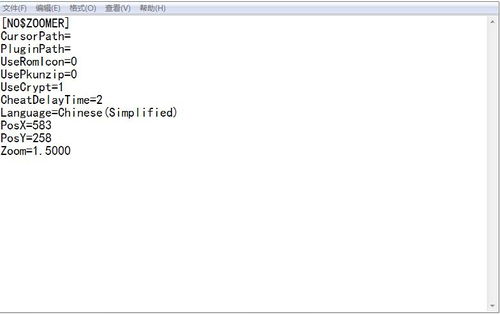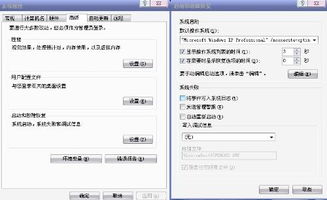
Understanding the INI File Format: A Detailed Guide for You
INI files, also known as initialization files, are a common file format used to store configuration data. They are widely used in various applications, from simple scripts to complex software systems. In this guide, I will walk you through the intricacies of the INI file format, providing you with a comprehensive understanding of its structure and usage.
What is an INI File?

An INI file is a plain text file that contains configuration data. It is named after the “Initialization” process, as it is often used to initialize settings for a program or application. The file format is simple and easy to read, making it a popular choice for storing configuration settings.
Structure of an INI File

An INI file consists of sections, keys, and values. Each section is enclosed in square brackets, and each key-value pair is separated by an equal sign. Here’s an example of a basic INI file structure:
[Section1]key1=value1key2=value2[Section2]key3=value3key4=value4
In this example, “Section1” and “Section2” are two different sections, and each section contains two key-value pairs.
Sections

Sections in an INI file are used to group related keys and values together. They provide a way to organize configuration data and make it easier to manage. Sections are defined by square brackets, and the name of the section is placed inside the brackets. For example:
[General]
This creates a section named “General” where you can store related configuration settings.
Keys and Values
Keys and values are the core components of an INI file. A key represents a configuration setting, while a value is the actual data associated with that setting. For example:
[General]username=JohnDoepassword=12345
In this example, “username” and “password” are keys, and “JohnDoe” and “12345” are their corresponding values.
Comments
Comments are used to add explanations or notes within an INI file. They are helpful for documenting the purpose of certain settings or providing additional information. Comments can be added using the semicolon (;) character. For example:
; This is a comment explaining the username settingusername=JohnDoe
Special Characters
INI files support special characters, such as the equal sign (=) and the semicolon (;). These characters are used to separate keys from values and add comments. However, it’s important to note that certain characters may have special meanings within an INI file. For example, the exclamation mark (!) is used to denote a boolean value, and the percent sign (%) is used to denote a hexadecimal value.
INI File Editors
There are several tools available for editing INI files. Some popular options include:
| Editor | Description |
|---|---|
| Notepad | Basic text editor included with Windows |
| Sublime Text | Powerful text editor with syntax highlighting and other features |
| Visual Studio Code | Free, open-source code editor with extensive support for various programming languages |
INI File Usage
INI files are used in a wide range of applications, including:
- Configuration files for software applications
- Scripting languages, such as PowerShell and Python
- System settings for operating systems, like Windows and Linux
- Web applications and server configurations
Understanding the INI file format is essential for anyone working with configuration data, as it allows for easy customization and management of settings.
Conclusion
INI files are a simple yet powerful way to store and manage configuration data. By understanding the structure and usage of INI files, you can effectively customize and manage settings for various applications and systems. Whether you’re a developer, system administrator, or just someone interested in the inner workings of software, this guide has provided




